Challenges and Typical Model Purposes
Within production of energy (wind, water, solar, nuclear, oil and gas), there is a high volume of fixed costs and many of these costs are considered as indirect costs. Many energy companies allocating their indirect costs without a rational approach and are thereby not able to analyze the cause of costs. With an ABM/TDABC approach in the energy sector, not only can you increase customer value but you can also increase profitability.
A fast growing market within energy is maintenance of, for instance, windmills and solar parks. It is obvious why to have a costing model for the repairs and maintenance divisions. It is often standard work and based on time registrations but a fact is that there are big differences between standard and actual duration. A service of a wind turbine is not just a service and the service market is fast growing as the number of windmills parks and solar parks are increasing these years, not just in numbers but also in size so it is crucial to be cost transparent internally to be able to make the correct strategic and operational decisions. The increased competition puts pressure on the service market and it is important to be cost effective and being able to estimate correctly to win long term service contracts.
Case example
A SOUTH EUROPEAN ENERGY SERVICE PROVIDER wanted a budget model, where it should be easy to do simulations, changes and version handling. Their previous budget process was time consuming and there was too many variable factors so they lost the overview last year. We developed a costing model and turned it, so instead of doing their budget based on costs and resources, it was done based on volume of services on the different customers and turbine sizes. With this model, they could not only see the expected cost base but also needed resources and material. The model was now not just a budget model but also a planning model for resources and material. It was decided to have the model updated each month during the year as a forecasting model and they wanted to have the costing model as well to calculate actual profitability per customer.

